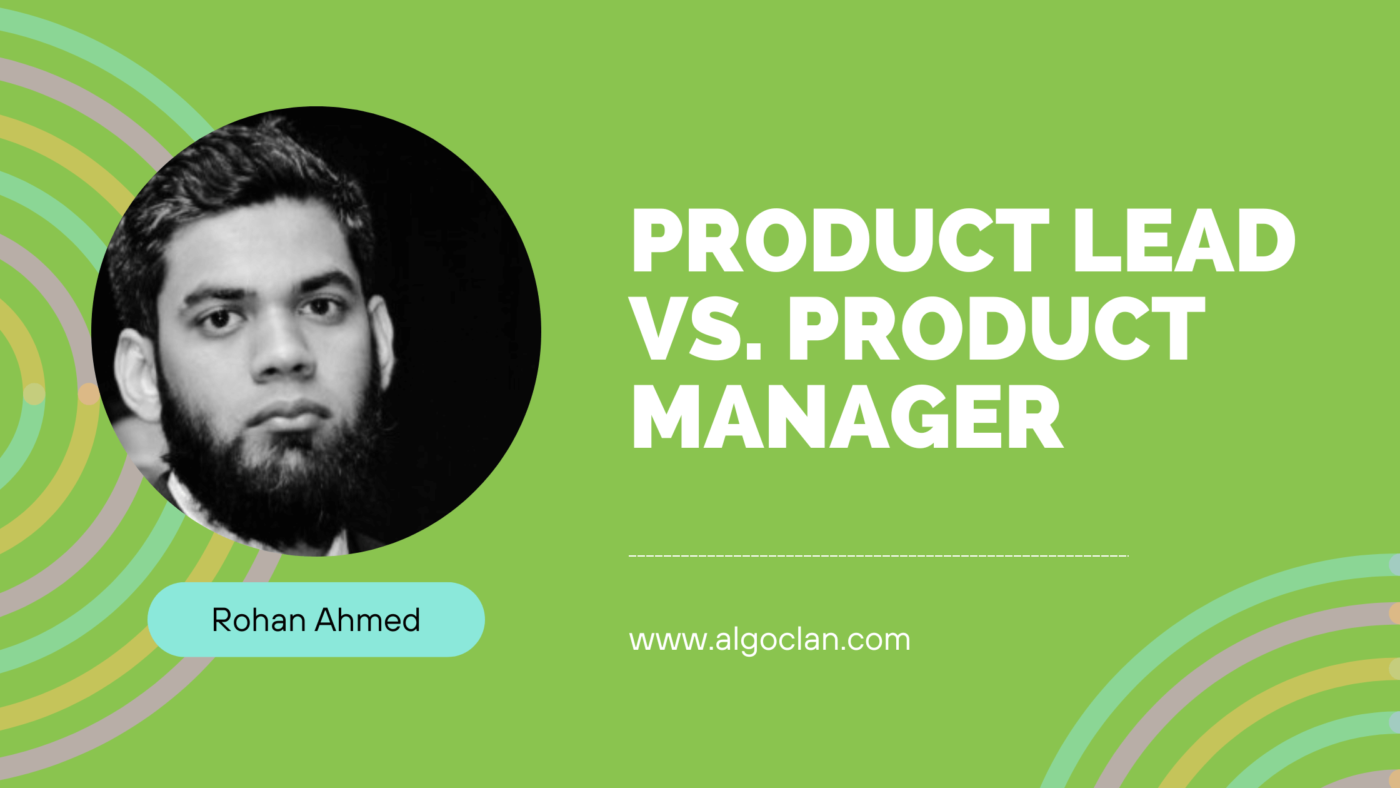The LNO Framework: A Private Equity PM’s Guide to Crushing Your To-Do List

Contents
- 1 Identifying the Reader’s Pain Point
- 2 The LNO Framework: A PE PM’s Perspective
- 3 Real-World Scenario: Building Products for PE Portfolio Companies
- 4 How to Prioritize with LNO: A PE PM’s Action Plan
- 5 Conclusion: Regain Control with LNO
- 6 FAQs
- 7 What is the LNO framework?
- 8 How does the LNO framework apply to private equity?
- 9 Can the LNO framework be used outside of product management?
- 10 How do I identify high-leverage tasks?
- 11 What are some common pitfalls when using the LNO framework?
- 12 How can I measure the impact of my tasks?
- 13 What resources are available to learn more about the LNO framework?
Ever feel like your to-do list is plotting against you? In the whirlwind world of private equity, that’s not just a bad dream. Investor relations, due diligence, deal sourcing, portfolio management—and let’s not forget the special thrill of building products for portfolio companies.
If your daily grind feels like a game of Whac-A-Mole, you’re not alone. But what if you could take back control and focus on the work that truly makes a difference?
Enter the LNO framework, a prioritization method designed to help you tame the chaos and amplify your impact.
Identifying the Reader’s Pain Point
Are you overwhelmed by a never-ending list of tasks, unsure which ones will really drive success for your fund? Trust me, I’ve been there. The LNO framework is your ticket out of the chaos, promising a clear path to prioritize what matters most.
The LNO Framework: A PE PM’s Perspective
Shreyas Doshi’s LNO framework breaks down your work into three key categories:
Leverage (L) Tasks
These are your high-impact activities. They can dramatically accelerate fund performance and investor returns. For example:
- Identifying and validating product opportunities: Conduct market research, analyze customer needs, and assess the competitive landscape to pinpoint the most promising product ideas.
- Developing a minimum viable product (MVP): Work with cross-functional teams to quickly launch a basic version of a product, gather user feedback, and validate key assumptions.
- Establishing product-market fit: Iterate on the MVP based on user feedback, refine the product offering, and scale marketing efforts to attract and retain customers.
Neutral (N) Tasks
These tasks are necessary for daily operations but offer limited impact on overall performance. Examples include:
- Managing the product development backlog: Prioritize features, manage resources, and ensure that development projects stay on track.
- Conducting user research and testing: Gather feedback from users to inform product improvements and new feature development.
Overhead (O) Tasks
These are the administrative tasks that, while necessary, consume valuable time with minimal returns. Examples might include:
- Attending status update meetings: Necessary for communication but often don’t lead to immediate, actionable insights.
- Creating and updating product documentation: While useful for internal reference, this task doesn’t directly drive product adoption or revenue.
Real-World Scenario: Building Products for PE Portfolio Companies
Imagine managing products for multiple portfolio companies, each with its unique market, customer base, and challenges. Traditional product management methods fall short. You need to focus your time on activities with the greatest impact. The LNO framework can be a game-changer. For instance, I prioritized high-leverage activities like identifying new product opportunities, launching MVPs, and establishing product-market fit, transforming potential chaos into streamlined, impactful action.
How to Prioritize with LNO: A PE PM’s Action Plan
1. Identify Your Portfolio’s L Tasks
Conduct a thorough assessment of each portfolio company’s product needs and opportunities. Collaborate with their management teams to prioritize the most impactful activities.
2. Allocate Resources Strategically
Decide how to best allocate your time and team resources across the portfolio. Focus on companies and projects with the highest growth and value potential.
3. Build Cross-Functional Partnerships
Work closely with investment professionals, operational experts, and other stakeholders to ensure alignment and support for your product initiatives.
4. Track and Measure Impact
Establish clear metrics to track the progress and impact of your product initiatives. Use this data to refine your strategies and prioritize future investments.
5. Continuously Adapt and Learn
Stay informed about market trends, emerging technologies, and best practices in product management to ensure your approach remains effective.
Conclusion: Regain Control with LNO
In the high-stakes arena of private equity, as a product manager, you have the chance to make a significant impact. By adopting the LNO framework and concentrating on high-leverage activities, you can navigate the complexities of your role, drive innovation, and ultimately achieve greater returns for your fund.
Remember, your to-do list doesn’t have to be your enemy. Embrace the LNO framework, and watch your productivity soar. If you have any queries or thoughts, don’t hesitate to like, comment, and share. We’d love to hear from you!
FAQs
What is the LNO framework?
The LNO framework, created by Shreyas Doshi, helps prioritize tasks into Leverage, Neutral, and Overhead categories to maximize impact and efficiency.
How does the LNO framework apply to private equity?
It assists PE product managers in focusing on high-impact tasks that drive fund performance, such as identifying new product opportunities and establishing product-market fit.
Can the LNO framework be used outside of product management?
Yes, it’s a versatile tool that can be applied in various fields to prioritize tasks and improve productivity.
How do I identify high-leverage tasks?
High-leverage tasks are those that significantly impact your goals. In PE, these might include tasks that directly enhance fund performance or investor returns.
What are some common pitfalls when using the LNO framework?
A common pitfall is misclassifying tasks, leading to a focus on less impactful activities. Regularly review and adjust your priorities to avoid this.
How can I measure the impact of my tasks?
Use clear, measurable metrics to track progress and impact. This data helps refine strategies and ensure you’re focusing on the right activities.
What resources are available to learn more about the LNO framework?
Shreyas Doshi’s original writings on the framework and various product management resources can provide deeper insights.
To wrap things up, always remember: if you’re not prioritizing, you’re firefighting. Tame your to-do list with the LNO framework and transform your productivity. Don’t forget to share your thoughts in the comments, and if you found this helpful, give us a like!



